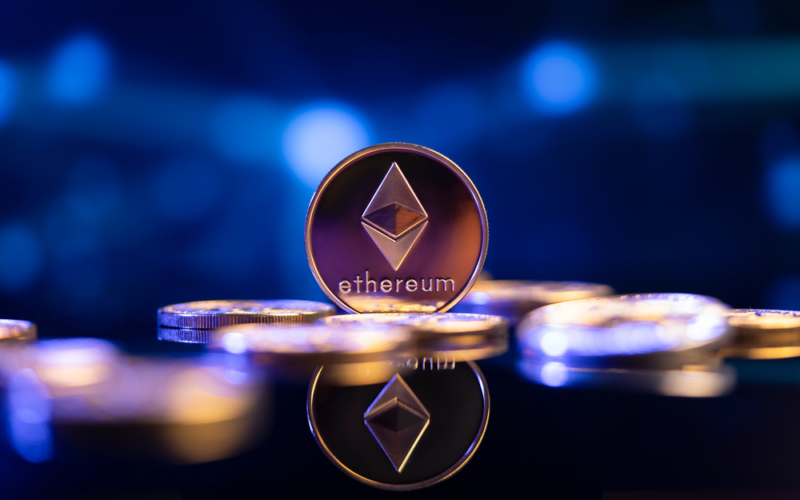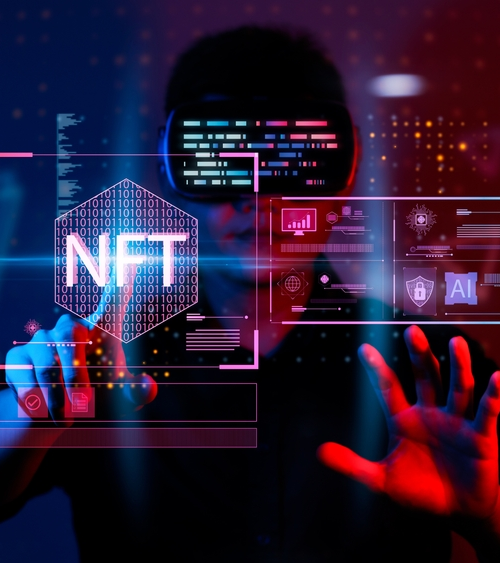Ellen Britt for CNT #NFT
Just like you pay for gas to fuel your car, you will need to pay for gas in terms of a gas fee to run the blockchain. These fees, which are required in order to process your transactions on the blockchain, pay for the energy required to complete those transactions.
One of the differences between the Ethereum platform, which powers the NFT space, and other cryptocurrencies such as Bitcoin, is that the gas fees are used by miners to process transactions. The currency used by the Ethereum platform is ether (ETH) but the gas prices themselves will often be expressed in Gwei, with each Gwei equal to 0.000000001 ETH (10-9 ETH). This makes it easier for both buyers and sellers to talk about price. If your gas costs 1 Gwei, that’s a lot easier than saying or writing out 0.000000001 ETH, even though they are the same.
So how much gas do you need for a transaction?
Well, that depends on a couple of things: how large is the contract you want to execute and how fast do you want to do this. Those who are willing to wait for a transaction to complete will likely be rewarded with a drop in price.
Why is gas even necessary in the first place?
Most importantly, the use of gas fees helps to keep any one individual from spamming the network to make sure that a malicious actor cannot simply hijack the system by way of raw computational power.
But gas fees have their light and shadow sides as well. High gas fees can make it harder, and sometimes even prohibitive, for otherwise talented artists to create and mint their work. If the artist tries to account for the gas fees in the price of the NFT (lowering the overall cost of the work) collectors may be put off when they see that anywhere from 25 to 55 percent or more of their total cost of acquisition is going to gas fees.

What this means for artists.
This especially impacts up-and-coming artists, as they may have to overcharge for their art because they are paying such high marketplace and gas fees. This is a real risk for them because just starting out, they don’t have a reputation and fan base behind them to justify the pricing.
Finally, not every transaction will use all of the gas fees, but you are essentially agreeing to a maximum price for gas fees you will spend in order to complete your transaction. Any unspent gas is returned to the owner at the completion of the transaction.


































